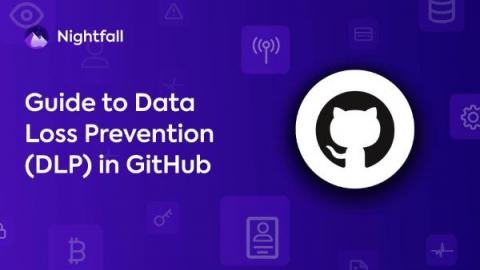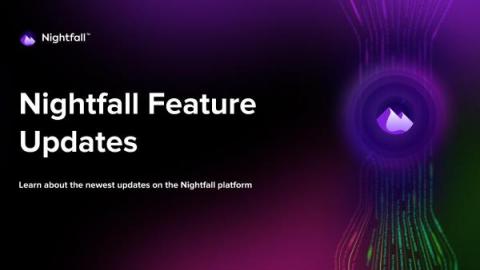The Essential guide to Google Drive Data Loss Prevention (DLP)
Google Drive is an integral part of Google Workspace (formerly known as G Suite). With over 6 million customers and over 2 billion monthly active users, Google’s platform is the world’s largest collaboration tool for companies both large and small. In Google Drive, employees across the world create, edit, and share files on a daily basis. This, however, does not occur without the risk of data leakage.








